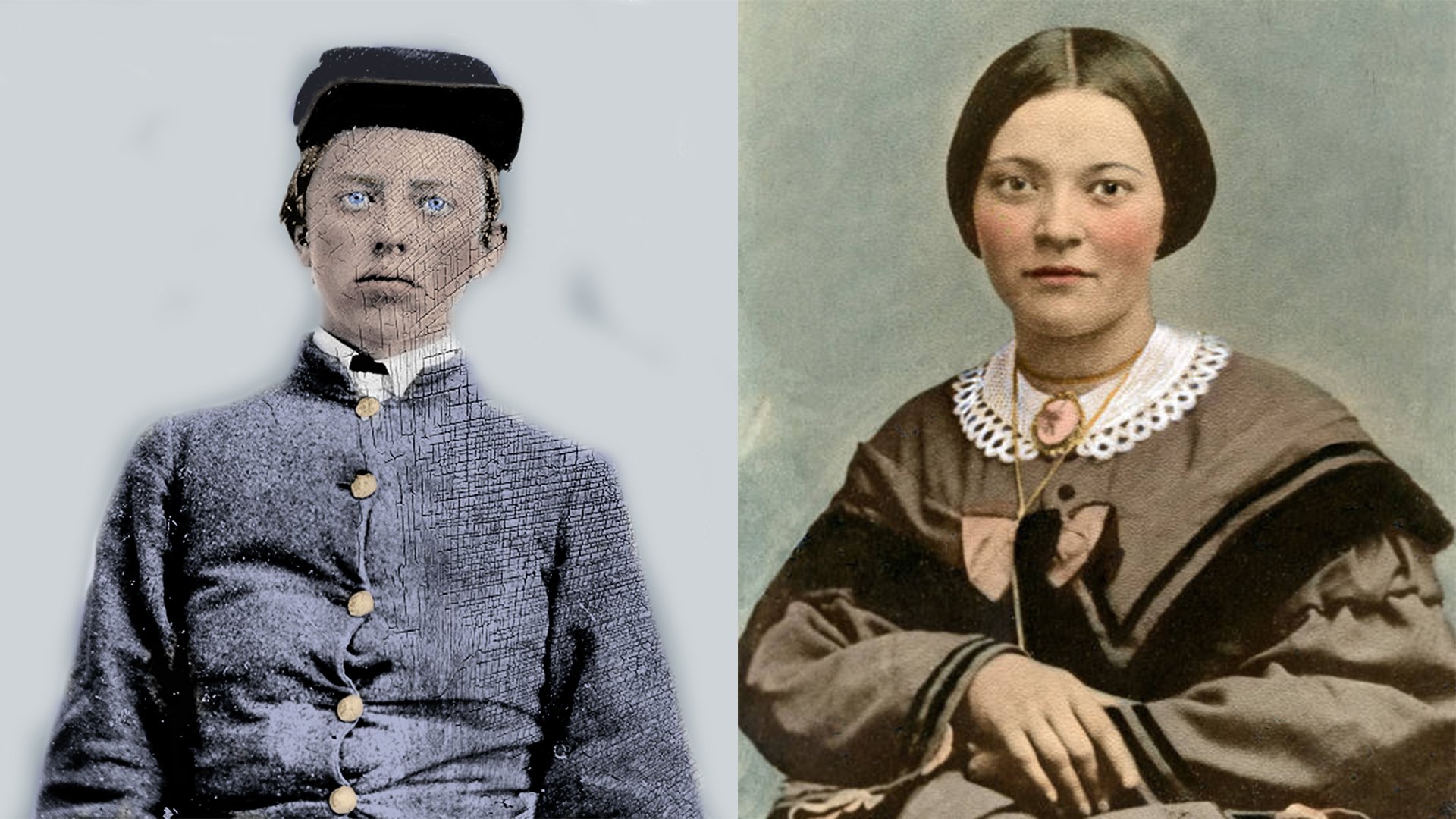
People
Learn about the Civil War in the Valley from the stories of the men, women, soldiers, and civilians that lived through it
Robert Schenck
General (USA)
October 4, 1809 — March 23, 1890
Union General Robert C. Schenck was involved in several battles in the Shenandoah Valley, including McDowell, Cross Keys, and Second Winchester - where his fate was intertwined with that of fellow Union Gen. Robert H. Milroy.
Born in Franklin, Ohio, on October 4, 1809, Robert C. Schenck was a teacher, attorney, congressman, and U.S. ambassador to Brazil before the Civil War. In the 1850s he became a member of the new Republican party, and in a speech in 1859 was among the first to recommend that Abraham Lincoln be nominated for president. When the Civil War broke out, he offered his services to Lincoln, who appointed Schenck a brigadier general of volunteers. Schenck was involved in a minor action in Vienna, Virginia on June 17, 1861, and then fought at the First Battle of Bull Run (Manassas) on July 21, 1861, where he was one of the few Federal officers able to keep part of his command in order during the rout of the Union forces.
During Stonewall Jackson’s Valley Campaign, Schenck commanded a brigade under Gen. John C. Fremont in the Mountain Department. On May 7-8, 1862, he hurried his 1,500-man command from Franklin (modern-day West Virginia) to McDowell, marching 34 miles in 23 hours to reinforce Union Gen. Robert Milroy. Milroy had pulled back to McDowell as superior forces under Confederate Generals Edward “Alleghany” Johnson and Stonewall Jackson approached from the east. Although Schenck was Milroy’s superior officer, he allowed Milroy to direct Union forces during the battle. The battle was Confederate victory, but the “spoiling attack” enabled Schenck and Milroy to extricate their army.
Schenck also led his brigade at the Battle of Cross Keys (June 8, 1862), again alongside Milroy, under the overall command of Fremont. The battle was another Union defeat, but both Schenck and Milroy thought their advance on the western side of the battlefield showed great promise – and were astonished when Fremont ordered a withdrawal. “I felt reluctant to obey,” Schenck later reported.
On August 30, 1862, during the Second Battle of Bull Run (Manassas), Schenck was struck in the right arm by a bullet, leaving him permanently disabled. In 1863 he was put in command of the Middle Military District, which included the Shenandoah Valley, and in January 1863 he ordered Milroy and his division to occupy Winchester. When Milroy’s command was destroyed at the Second Battle of Winchester (June 13-15, 1863), opening Robert E. Lee’s way north during the Gettysburg Campaign, Schenck was among those held responsible for the fiasco.
“The president says [Union General-In-Chief Henry] Halleck thinks Schenck is somewhat to blame for the [Second] Winchester business” – John Hay
In December 1863 Schenck resigned his commission and returned to Congress, having been elected to the seat over famed “Copperhead” leader Clement L. Vallandigham. He served until being narrowly defeated for reelection in 1870. In 1871, he was appointed Minister to the United Kingdom by President Ulysses S. Grant. While in the U.K., Schenck in 1873 wrote the earliest known publication on draw poker, a 4-page pamphlet entitled, “A Flowery Path to Wealth: The Game of Draw Poker as Taught to the English Aristocracy.” The pamphlet proved so popular that the game became known as “Schenck’s Poker.” Returning to the U.S., he published the 17-page “Draw: Rules for Playing Poker” in 1880. He died in Washington, D.C., on March 23, 1890.

